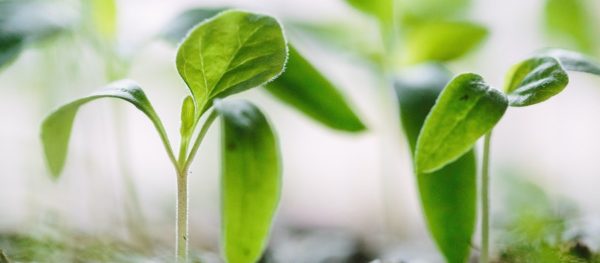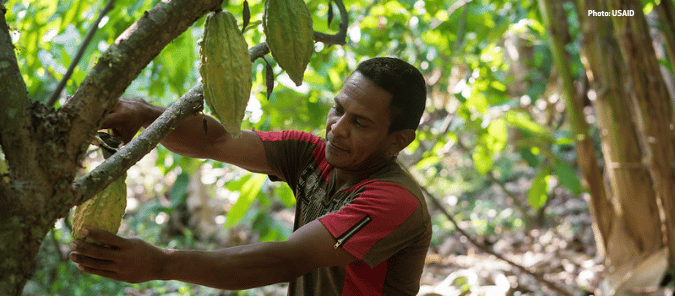Tag: crop protection

Why the Sustainable Development Goals Matter to the Plant Science Industry
Global: The Sustainable Development Goals have a key role to play tackling global issues including hunger, poverty and climate change - and the private sector can help.
Read MoreProgress through Partnership in Honduras
Latin America & the Caribbean: CropLife Latin America formed a partnership with the United States Agency for International Development (USAID) to train farmers in good agricultural practices to help lift rural Hondurans out of extreme poverty.
Read MoreInnovation and training improve livelihoods of mango growers
Asia: To protect mature mango trees from disease and insect infestations, growers in the Philippines in provinces such as Batangas, Laguna, Pangasinan, Davao and Cebu used to be heavy users of crop protection products. Spray applicators would regularly climb the trees with equipment to apply products. Accidents involving workers falling from trees and sustaining injuries were […]
Read More

